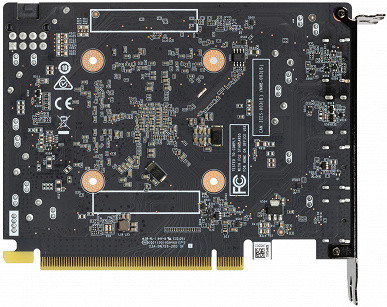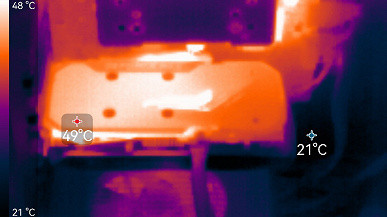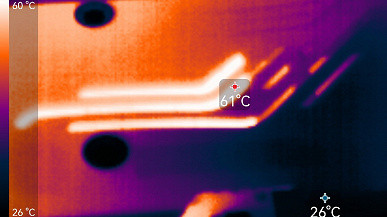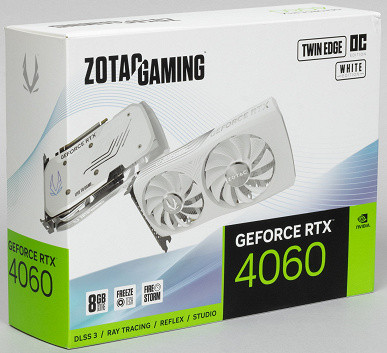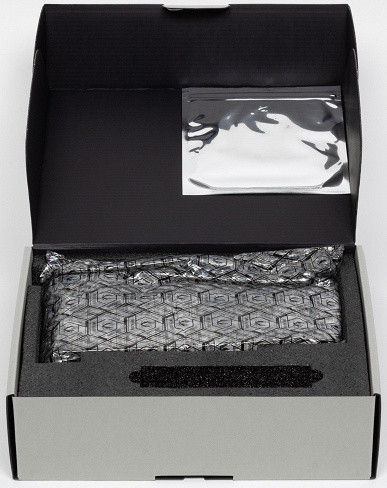Briefly about the main thing
The video card market is in a calm state, but the announcement of new generations of graphics processors is expected, which will certainly affect the prices of current models. The real storm on the market will begin from the moment new products appear.
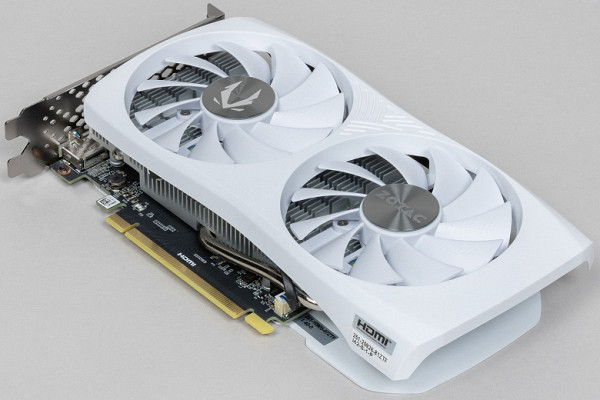
Today we'll be looking at the GeForce RTX 4060 from Zotac, a representative of the mainstream segment that is in our focus due to its rarity on the market. Before examining the test results in detail, we will give a brief overview of the performance of this line of video cards and its competitors, using a subjective scale of seven rating levels.
Games without ray tracing (classic rasterization):
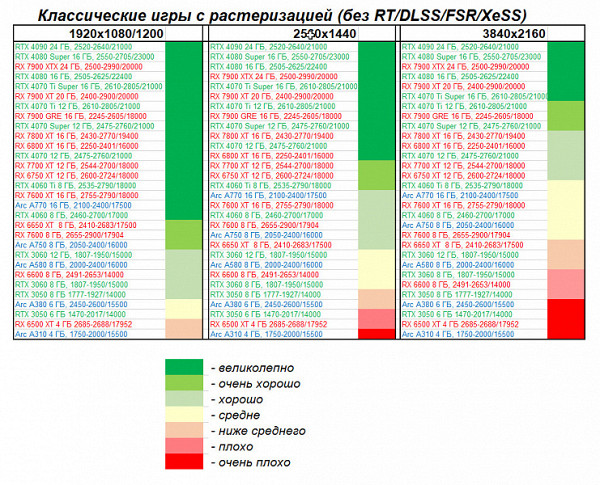
Overall, Zotac's GeForce RTX 4060 provides an excellent gaming experience in all games at maximum graphics settings at Full HD resolution, with ray tracing and upscaling technologies disabled. Games at 2.5K resolution will also be playable, although some games may require a reduction in graphics quality to maintain comfortable gaming performance. Among the closest competitors we should mention the AMD Radeon RX 7600 (slightly inferior), Radeon RX 7600 XT and Intel Arc A770 (superior to the GeForce RTX 4060).
Regarding the Zotac model, it is worth noting that it is slightly superior to the reference card due to slightly increased GPU frequencies.
Games using ray tracing and DLSS/FSR/XeSS:

Considering the performance hit when ray tracing is enabled in games (but with the increasing number of games supporting Nvidia DLSS 3, which significantly improves performance and compensates for the losses from RT), the GeForce RTX 4060 looks slightly better than the Radeon graphics cards, where the FPS drop is more significant. Thus, the GeForce RTX 4060 is now not inferior to the Intel Arc A770 and Radeon RX 7600 XT. In games with ray tracing and DLSS 3 support, this accelerator can provide a comfortable gaming experience at Full HD (1080p) and acceptable performance at 2.5K (again, in some cases you will need to lower the graphics settings).
Card characteristics
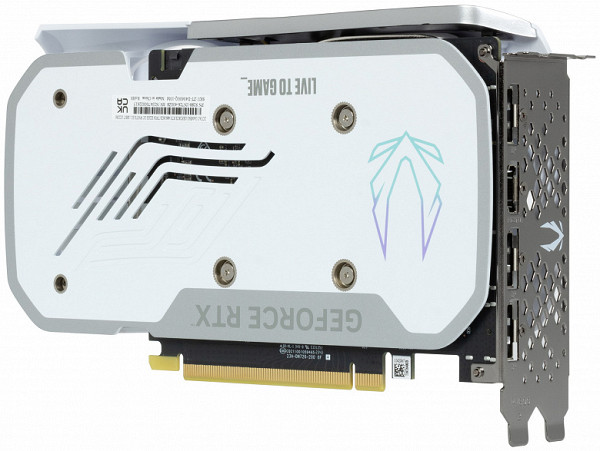
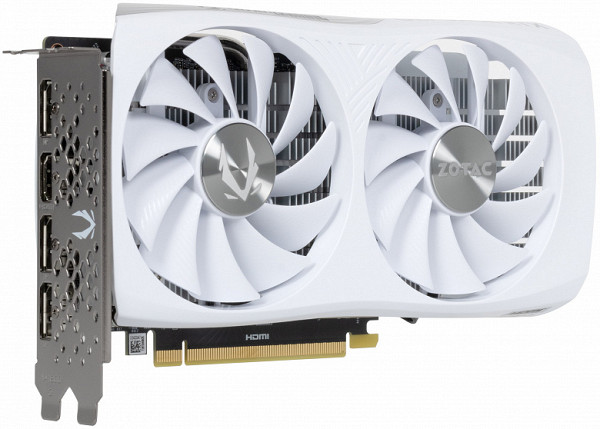
Zotac International was founded in 2006 in Hong Kong and is the second subsidiary of PC Partner, a leading computer hardware manufacturer. PC Partner owns 100% of Zotac, which distinguishes it from its other subsidiary, Sapphire Technology, where PC Partner has a small stake. Zotac is headquartered in Hong Kong and manufactures in China.
| Zotac Gaming GeForce RTX 4060 Twin Edge OC White Edition 8GB 128-bit GDDR6 | ||
|---|---|---|
| Parameter | Meaning | Nominal value (reference) |
| GPU | GeForce RTX 4060 (AD107) | |
| Interface | PCI Express x8 4.0 | |
| GPU Operating Frequency (ROPs), MHz | 2490(Boost)—2760(Max) | 2460(Boost)—2700(Max) |
| Memory frequency (physical (effective)), MHz | 2125 (17000) | 2125 (17000) |
| Memory bus width, bit | 128 | |
| Number of computing units in a GPU | 24 | |
| Number of operations (ALU/CUDA) in a block | 128 | |
| Total number of ALU/CUDA blocks | 3072 | |
| Number of texture units (BLF/TLF/ANIS) | 96 | |
| Number of rasterization units (ROP) | 48 | |
| Number of Ray Tracing Blocks | 24 | |
| Number of tensor blocks | 96 | |
| Dimensions, mm | 222×122×41 | 250×110×40 |
| The number of slots in the system unit occupied by the video card | 2 | 2 |
| Color of PCB | black | black |
| Peak power consumption in 3D, W | 130 | 115 |
| Power consumption in 2D mode, W | thirty | thirty |
| Power consumption in sleep mode, W | eleven | eleven |
| Noise level in 3D (maximum load), dBA | 29.2 | 32.0 |
| Noise level in 2D (video viewing), dBA | 18.0 | 18.0 |
| Noise level in 2D (idle), dBA | 18.0 | 18.0 |
| Video outputs | 1×HDMI 2.1, 3×DisplayPort 1.4a | 1×HDMI 2.1, 3×DisplayPort 1.4a |
| Support for multiprocessor operation | No | |
| Maximum number of receivers/monitors for simultaneous image output | 4 | 4 |
| Power: 8-pin connectors | 1 | 1 |
| Power: 6-pin connectors | 0 | 0 |
| Power: 16-pin connectors | 0 | 0 |
| Weight of the card with the delivery set (gross), kg | 1.0 | 1.3 |
| Net weight of the card, kg | 0.63 | 0.9 |
| Max Resolution/Frequency, DisplayPort | 3840×2160@144Hz, 7680×4320@60Hz | |
| Maximum Resolution/Frequency, HDMI | 3840×2160@144Hz, 7680×4320@60Hz |
Memory

The card is equipped with 8 GB of GDDR6 SDRAM memory, located on the front side of the PCB in 4 16 Gbit chips. Memory chips from Samsung are designed to operate at a nominal frequency of 2500 (20000) MHz.
Card features and comparison with Gigabyte Aorus GeForce RTX 4060 Elite 8G (8 GB)
We are making a comparison with a similar model from another manufacturer for a simple reason: we do not have an Nvidia reference card, and the first GeForce RTX 4060-based card in our reviews was a card from Gigabyte. We notice significant differences in PCB (printed circuit board) sizes, as well as in cooling systems, which have completely different dimensions. The power supply wiring has also been changed.
The core is labeled AD107 and the release date is week 40 of 2023.

The total number of power phases on the Zotac card is 5 (4+1).

On the front side of the PCB, the power supply circuit for the core is highlighted in green, and the memory circuit is highlighted in red. All PWM controllers are located on the front side of the printed circuit board.
To power the core, 4 phases are used, controlled by a BPD93004E PWM controller from Bright Power Semiconductor. This controller supports up to 12 phases (analogous to uPI uP9512R).
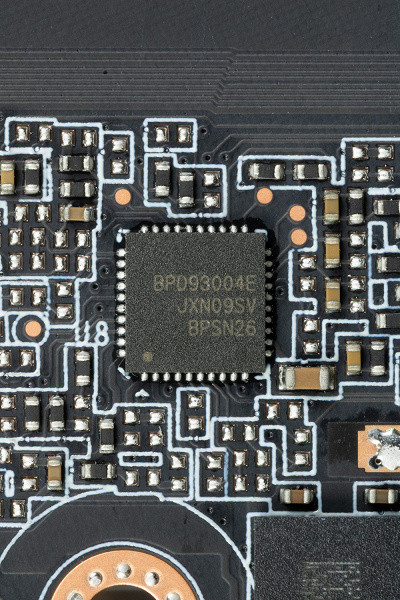
The power supply for the memory chips is controlled by a PWM controller labeled OEM 7212 (On Semi).
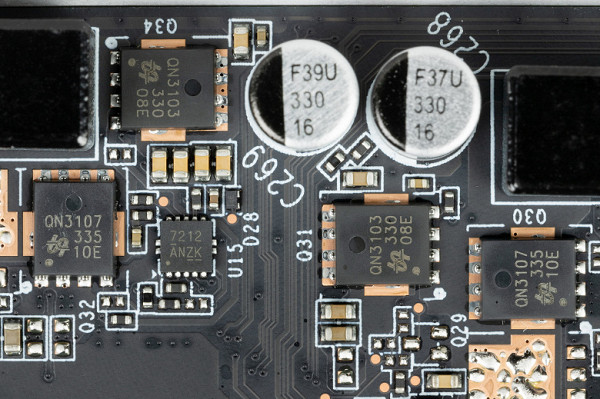
The core and memory power converter uses not DrMOS transistor assemblies, but sets of uPI Semi (ex-Ubiq) MOSFETs (up to 70 A).
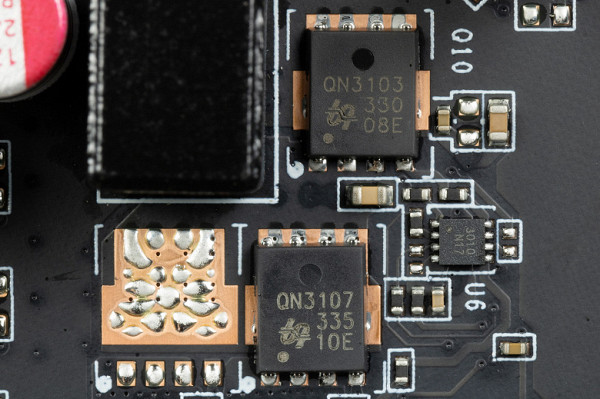
The Zotac card does not have a separate controller for monitoring voltages and temperatures — these functions are performed directly by the GPU. The card backlight is not controllable, so there is no corresponding controller either.
Memory frequencies are at the level of reference values, while Boost and maximum core frequencies are slightly increased — by 1.2% and 2.2%, respectively. This increased the Zotac card's performance slightly by about 1.5%, which is barely noticeable.
In tests, the power consumption of the Zotac card reached up to 130 W. The card allows you to increase the consumption limit by 13%, which allows for successful manual overclocking to the maximum stable core frequencies of 2895 MHz and memory 19224 MHz (although the drivers officially limit these values to 3000 MHz and 20500 MHz, respectively). This gave a noticeable performance increase of a little more than 5% on average.
The Zotac card is powered via a standard 8-pin PCIe 2.0 connector.

The overall dimensions of this card are small, the thickness is 4.1 cm, so the video card occupies 2 slots in the system unit.

The card has a standard set of video outputs: three DP 1.4a and one HDMI 2.1.
The card's operation is controlled using the proprietary Zotac FireStorm utility.

Control panel for frequencies, limits and voltage

Fan control panel
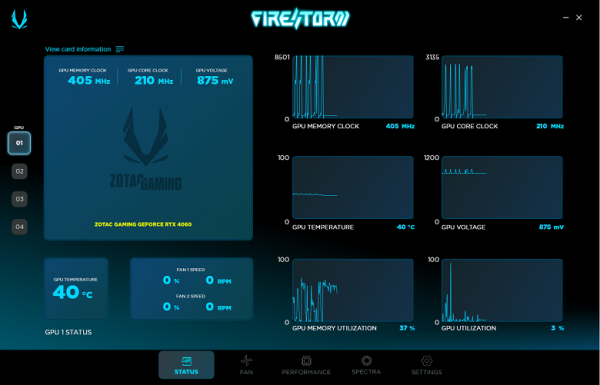
Dashboard
The utility provides control of fans, card operating frequencies, core voltage, and monitoring.
Heating and cooling
The basis of the cooling system is a compact aluminum radiator with a single heat pipe, which is pressed directly into its base and runs in a zigzag across the entire radiator area, providing direct contact with the GPU.
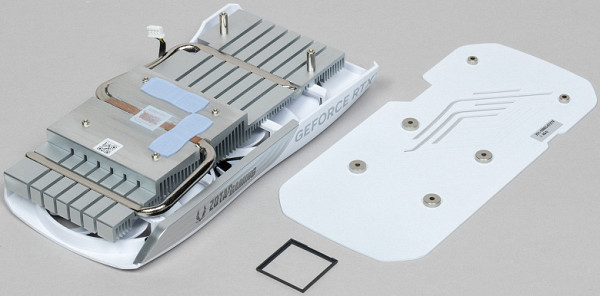
The same radiator also serves as a cooler for memory chips through a thermal interface. VRM power converter components — no cooling.
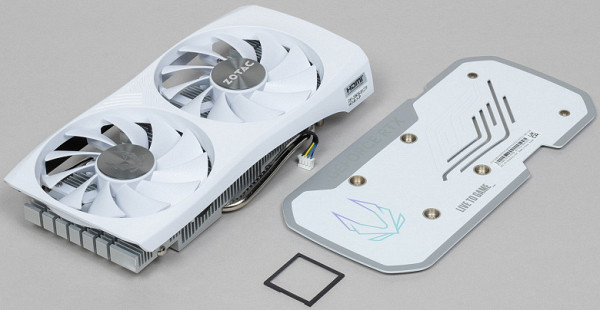
The back plate is made of plastic and is mainly designed to protect the PCB.
A casing with two fans with a diameter of 90 mm is installed above the radiator.
Under low load, the fans stop when the GPU temperature drops below 50 degrees. When the PC starts, the fans automatically turn on, but after loading the video driver, the operating temperature is assessed and they may turn off.
Temperature monitoring:
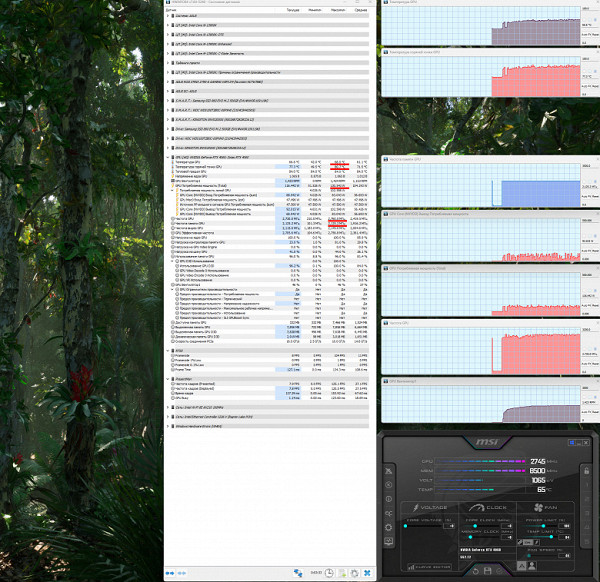
After a two-hour load test, the maximum core temperature was 68 degrees, and the hot spot reached 81 degrees Celsius, which is a good indicator for a video card of this class. The power consumption of the card reached 130 W.
We recorded and sped up an 8-minute run by 50 times.
Maximum heating was observed in the central part of the PCB.
During manual overclocking, the card's operating parameters changed little.
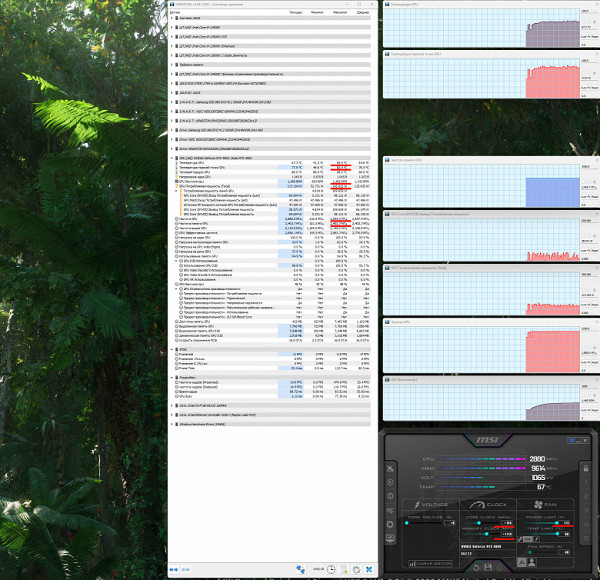
After running under load, the maximum core temperature did not exceed 70 degrees, the hot spot was 83°C. The card's power consumption rose to 146 W.
Noise
The noise measurement technique is carried out in a room isolated from external noise with minimal reverberation. The system unit used for measurements does not have fans and is not a source of mechanical noise. The background noise level is 18 dBA, which corresponds to a sound level meter in the room. Measurements are taken at a distance of 50 cm from the video card, at the level of the cooling system.
Measurement modes include:
- 2D Idle Mode: The system is loaded with an Internet browser with iXBT.com, a Microsoft Word window and a number of Internet communicators.
- 2D Movie Mode: Uses SmoothVideo Project (SVP) for hardware decoding with intermediate frame insertion.
- 3D mode with maximum load on the accelerator: testing is carried out using FurMark.
Noise levels rating:
- less than 20 dBA: relatively silent
- 20 to 25 dBA: very quiet
- 25 to 30 dBA: quiet
- 30 to 35 dBA: clearly audible
- from 35 to 40 dBA: loud, but tolerable
- above 40 dBA: very loud
In idle mode in 2D, the temperature did not exceed 33 degrees Celsius, the fans did not activate, and the noise level was consistent with the background level — 18 dBA.
When watching a movie with hardware decoding, nothing changed.
In maximum 3D load mode, the temperature reached 68/81 degrees Celsius (core/hot spot). The fans reached a speed of 1424 rpm, which corresponds to a noise level of 29.2 dBA — this is quiet.
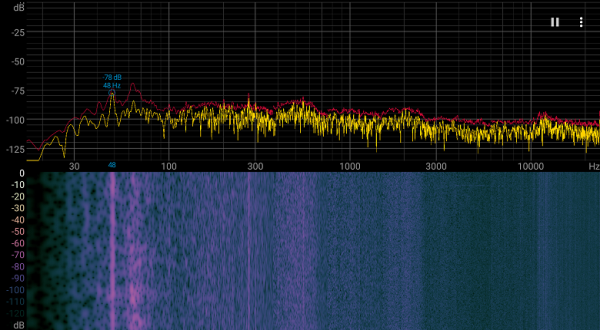
Backlight
The card has a very modest logo highlight on the top edge of the card.
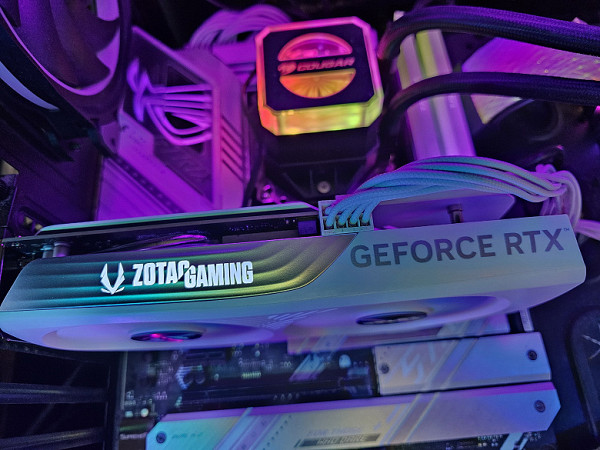
The backlight is single-color, uncontrollable and cannot be turned off.
Delivery and packaging
In addition to the card itself, the package contains only brief instructions and a branded cardboard souvenir.
conclusions
Zotac Gaming GeForce RTX 4060 Twin Edge OC White Edition (8 GB) is an interesting solution in the mid-budget segment. The card is compact in size — 22x12 cm, occupies two slots in the system unit. The cooler used is quiet and efficient. At maximum load, the card can consume up to 146 W with manual overclocking and is equipped with a standard 8-pin power connector. The external design of the card is nicely complemented by its white color, which goes especially well with white PC cases. The logo on the end of the card is illuminated with a bright white light and cannot be switched off. The video card is equipped with a standard set of video outputs: three DP 1.4a ports and one HDMI 2.1 port.
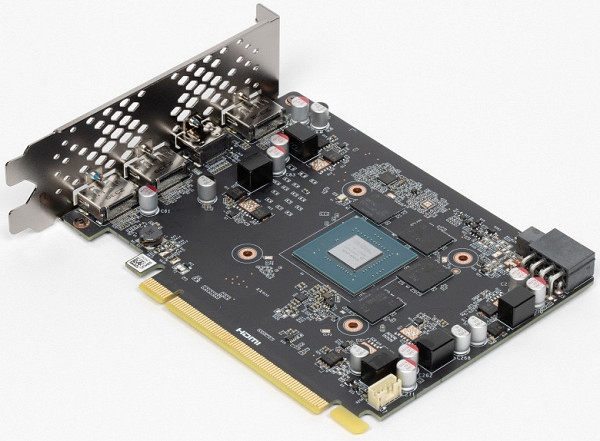
The manufacturer provides a 3-year warranty for this card.
Overall, the GeForce RTX 4060 is great for 1080p gaming at max graphics settings without using ray tracing. It is also capable of providing a smooth gaming experience in games that support RT and DLSS/FSR/XeSS technologies at the same resolution.
All GeForce RTX 40 generation graphics cards support HDMI 2.1, which allows you to output 4K images at 120 FPS or 8K using a single cable. They also support hardware decoding of AV1 video data, RTX IO technology for fast transfer and decompression of data directly to the GPU, as well as Reflex technology for reducing latency, which is useful for esports athletes.



